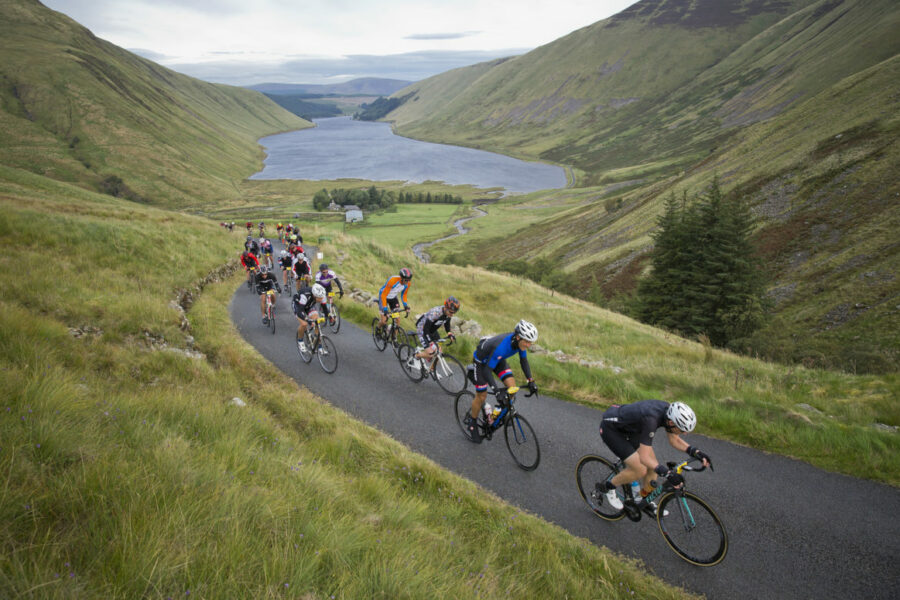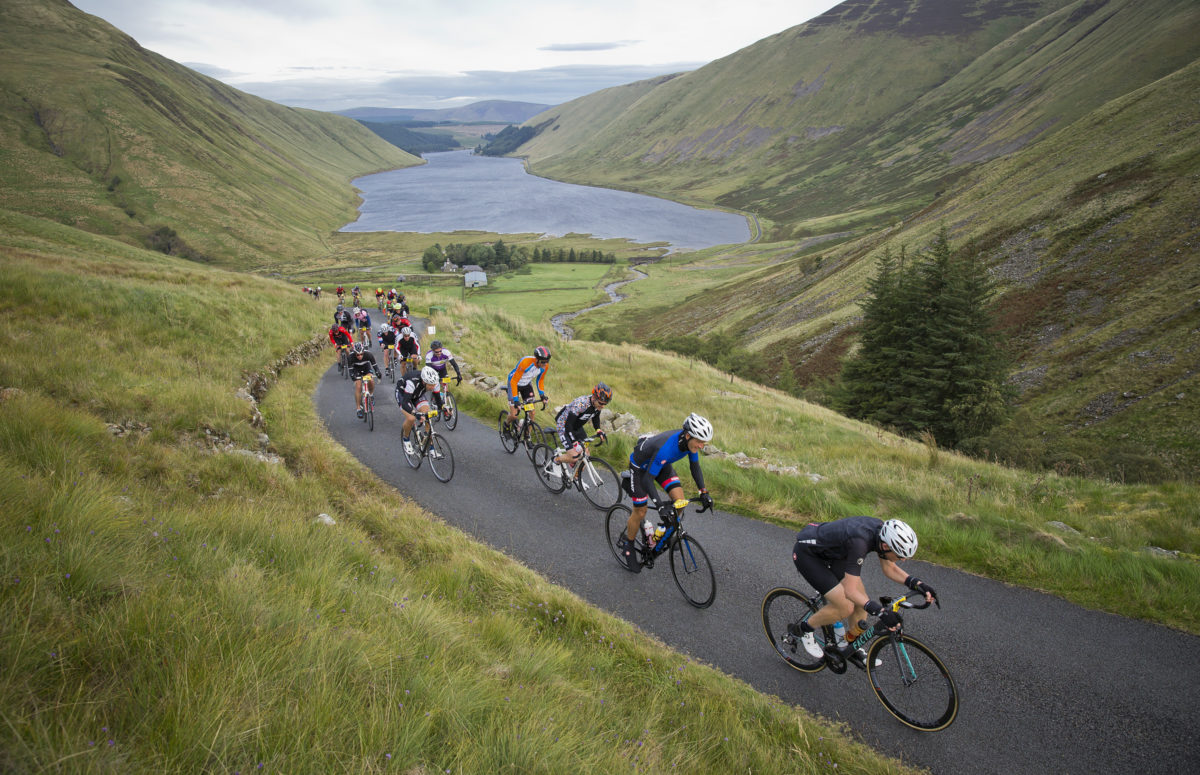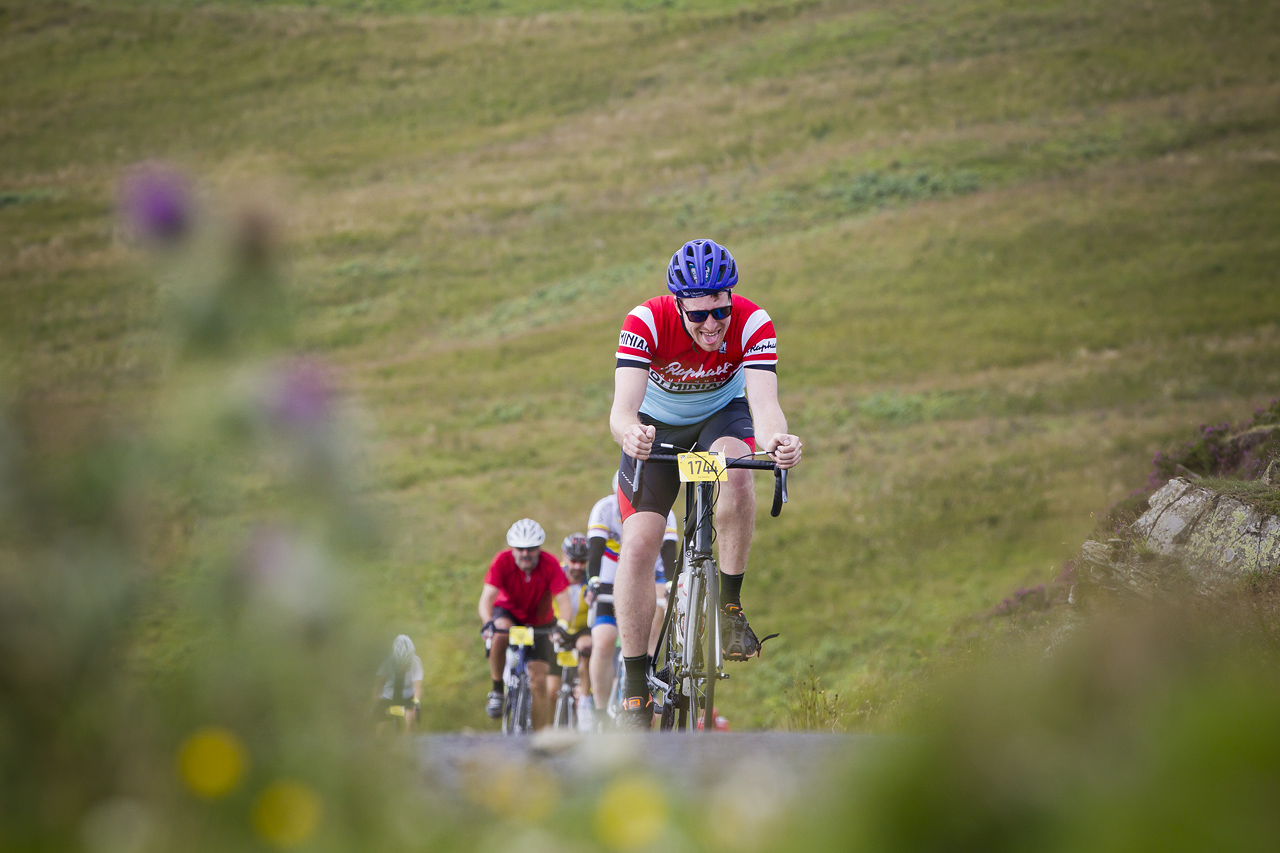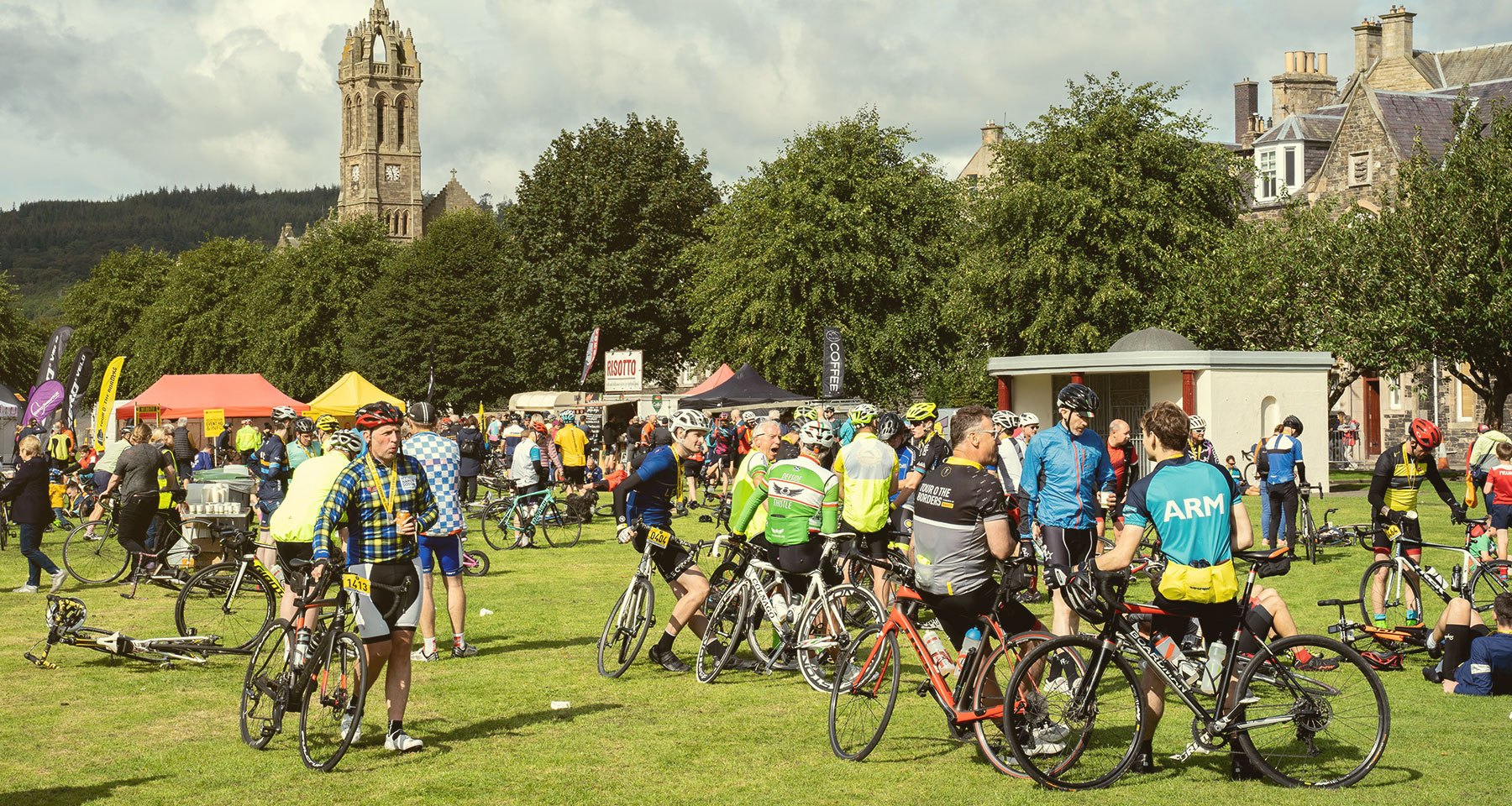Phil Tip #5 | Hills, it’s a love or hate thing.

Either way, they are difficult to avoid when you are out on the road and lets face it the Touro route has a few of them. So, it is worth spending a bit of time learning how to be efficient at climbing, even if you don’t enjoy them…
The most effective way to climb anything other than a short (less than 2 minute) hill is finding a rhythm or developing momentum. This requires a number of things to be in place:

- Learn in advance the length and steepness of the hill. Does it have any flatter sections where you can recover and where is the steepest section(s)? Are there any landmarks to warn you how far there is to go? I’m sure most of you will be familiar with your local hills, but what about hills you’ve not been to before? This is where good planning in advance of your ride really helps. Checking a map, looking on Strava or using one of the many cycling websites like Cycle Routes UK or Cycling UK. Failing that, ask other riders you are out with about the hill so that you have enough information to pace yourself accordingly.
- Position yourself near the front of the group if you are not a confident climber. Do this before the start of the hill so that if you are slower you don’t lose touch with the group on the climb.
- Adjust your gears before the start of the climb so that you have a gear that you can keep a good rhythm. This is normally a cadence of between 70 and 90rpm but everyone is different, so find a gear and cadence that you are comfortable with. Be prepared to regularly change your gears to help maintain a good rhythm. If you ignore your cadence and the hill gets steeper, you will lose your momentum which will make the climb feel much tougher.

- Don’t get sucked into pushing too hard at the start of the hill. I always thought the best way to ride/race a hill was to attack it from the base until an ex professional rider, John-Lee Augustyn, saw me leading a group up a long climb and pushing hard, only to drop off the group well before the top. He taught me to climb smart and preserve energy for the final part of the climb. What a difference it made. Instead of me dropping off the group, I watched other riders struggling near the top after pushing too hard too soon.
- Standing or sitting? It is more efficient to sit on a climb rather than stand but this is very individual. Personally, I will stand 80% of the time on a long climb, where others around be will be happy sitting. Either way, it is all about how comfortable you feel and keeping a good rhythm from bottom to the top of a hill.
- Train for hills by finding a hill which would take about 6 to 20 minutes to climb. Break the hill into 3 sections (roughly 2-5 minutes per section). Begin the first section nice and steady, slowly building up the effort until you get to the mid third. Then put in a solid effort near to your threshold until the end of that section, then go back to steady climbing for the remainder of the hill. As you get stronger and fitter you will be able to increase the length of the middle third to eventually the whole climb.
- Indoor turbo/Zwift training can also help your climbing ability. For example, try a 15-20 minutes progressive warm up including a few short efforts. Follow up with 3-5 x 5-8 minute efforts at about 75% of your max, you should be breathing fairly hard but could still go harder, and go flat out on the last 1 minute. Have 2-4 minutes recovery between each effort. This is a tough session but will help to improve your ability on hills.
- Simply put, if you want to get better at climbing hills you need to practice them.
Have fun & next week we will focus on safety when out riding
Phil Mack
Sports Physiotherapist and Sports Scientist, of Peebles Physiotherapy
Tags: training
Categorised in: Blog
This post was written by Alex Simpkin

